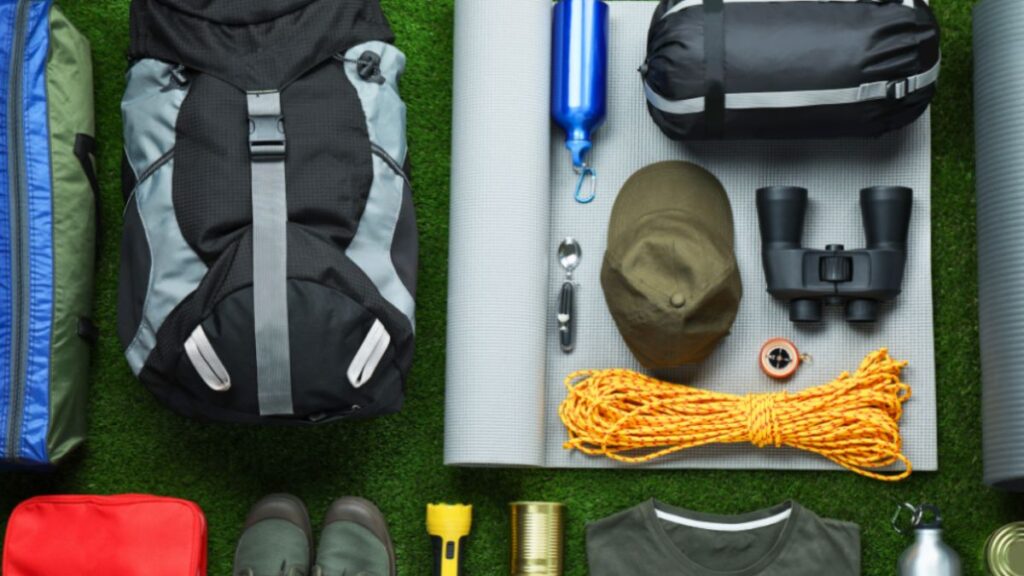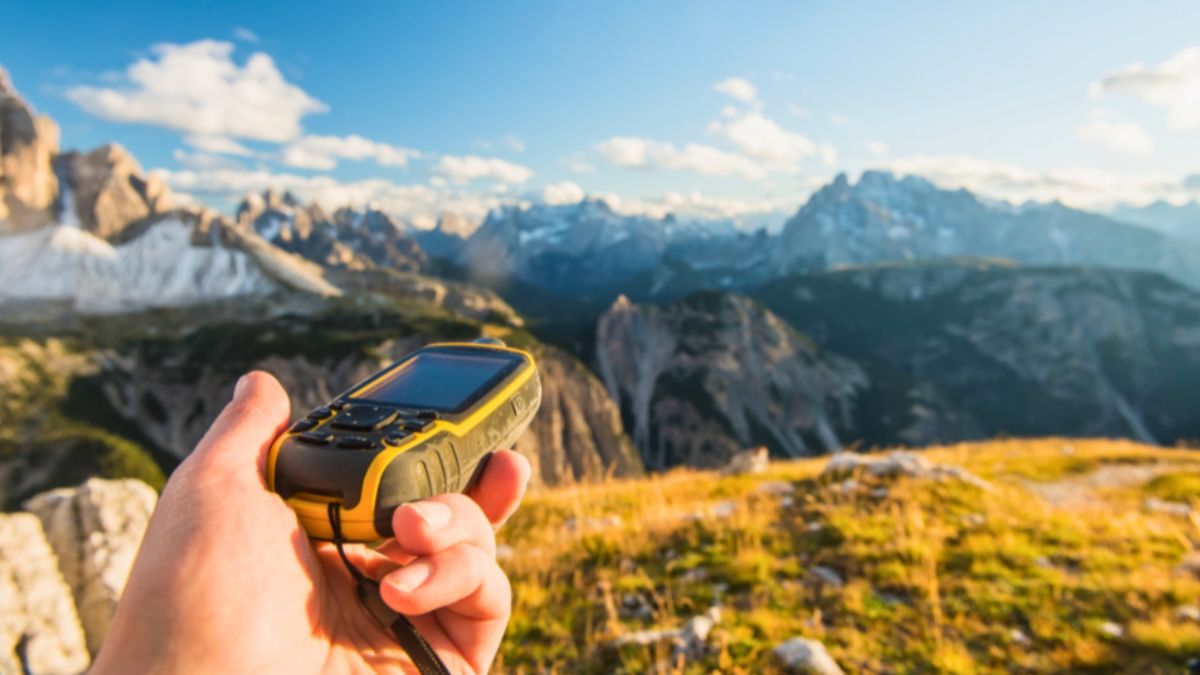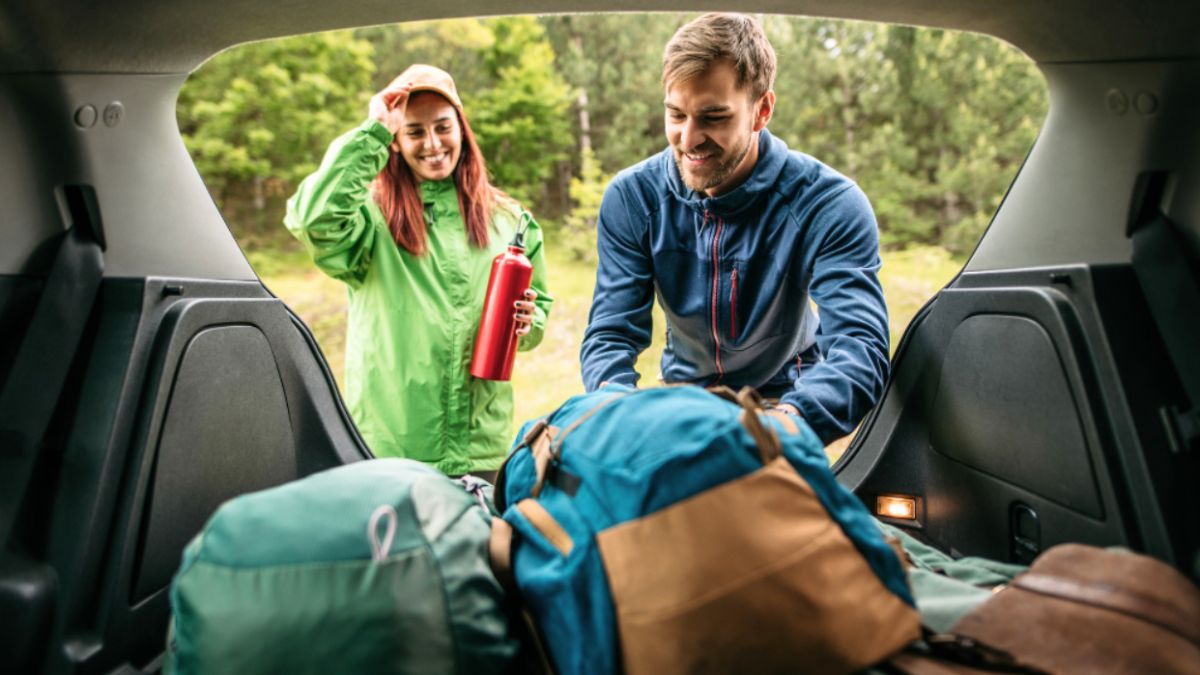Expedition Travel Packing List: Essential Gear for Remote Destinations
Are you going on your first expedition but have no idea what to pack? Should you bring three pairs of gloves or five? What about that bulky sleeping bag – will it even fit in your pack? The stress builds as you realize that forgetting something critical could turn your dream adventure into a nightmare.

At Dorian Destinations, we understand the unique challenges that come with preparing for expedition travel. Our experienced team has guided countless adventurers through the packing process, helping them avoid common mistakes that could ruin their once-in-a-lifetime journeys. We know that proper preparation makes the difference between an unforgettable adventure and a disappointing experience.
Understanding Expedition Travel Requirements
Expedition travel differs greatly from regular vacations. While a beach resort trip might require only swimwear and sundresses, remote adventures demand careful planning and specialized equipment. Your destination might lack basic amenities like heated buildings, comfortable beds, or even running water.
The key to successful packing lies in understanding your specific destination and planned activities. A jungle expedition requires different gear than an Arctic voyage. Research your location thoroughly and consider factors like climate, terrain, and available facilities.
Essential Clothing for Extreme Conditions
Base Layers: Your Foundation for Warmth
Start with high-quality base layers made from merino wool or synthetic materials. These fabrics sit directly against your skin and help regulate body temperature. Cotton should be avoided at all costs, as it retains moisture and loses insulation properties when wet.
Bring at least three sets of base layers for longer trips. This allows for washing and drying while maintaining clean, dry options. Choose lightweight, quick-drying materials that compress well in your luggage.
Insulation Layers: Trapping Body Heat
Your insulation layer traps warm air close to your body. Down jackets work wonderfully in dry conditions but lose effectiveness when wet. Synthetic insulation performs better in humid environments and continues to insulate even when damp.
Consider packing both a lightweight insulating layer for active periods and a heavier option for camp time. Fleece jackets, down vests, and insulated pants all serve different purposes in your layering system.
Outer Shell: Your Shield Against the Elements
Your outer shell protects against wind, rain, and snow. Look for waterproof, breathable materials that allow moisture to escape while keeping precipitation out. Sealed seams and quality zippers prevent water from sneaking through small openings.
A good shell jacket should fit comfortably over all your other layers. Test this fit before departure to avoid surprises in the field. Consider features like adjustable hoods, ventilation zippers, and reinforced wear areas.
Footwear for Every Terrain
Hiking Boots: Your Most Important Investment
Quality hiking boots can make or break your expedition travel experience. Choose boots appropriate for your terrain – lightweight trail runners for desert adventures, or insulated mountaineering boots for cold-weather expeditions. Break in new boots weeks before departure to avoid painful blisters.
Consider bringing two pairs of footwear if space allows. Having a backup option protects against equipment failure and provides variety for different activities. Waterproof boots work well for wet conditions, while breathable options suit dry climates.
Specialty Footwear Options
Some destinations require specialized footwear beyond standard hiking boots. River crossings might need water shoes or lightweight sandals. Snow and ice adventures could require crampons or microspikes for traction.
Pack appropriate socks to complement your footwear choices. Merino wool or synthetic hiking socks provide cushioning and moisture management. Avoid cotton socks, which can cause blisters and retain moisture.
Sleeping Systems for Comfort and Survival
Choosing the Right Sleeping Bag
Your sleeping bag serves as your portable bedroom in remote locations. Sleeping bag temperature ratings (per ISO 23537) indicate standardized comfort and limit ranges as guidelines—not guarantees—of warmth. Individual metabolism, layering, and environmental conditions affect real-world comfort and performance. Choose a bag rated at least 10°F (about 6°C) below the coldest expected temperature, and prioritize models with a verified ISO 23537 temperature rating when possible.
Down sleeping bags offer exceptional warmth-to-weight ratios but require careful handling around moisture. Synthetic bags resist water better and dry faster, but are heavier and bulkier to carry, while continuing to insulate when damp. Consider your priorities when making this choice.
Sleeping Pads and Pillows
A quality sleeping pad provides insulation from cold ground and cushioning for comfort. Closed-cell foam pads offer durability and puncture resistance while remaining lightweight. Inflatable pads provide more comfort but risk deflation from sharp objects.
Pillows might seem like luxury items, but proper head and neck support improves sleep quality significantly. Inflatable pillows pack small and weigh little. Alternatively, stuff extra clothes into a pillowcase for a makeshift pillow.
Navigation and Communication Equipment

Modern Navigation Tools
GPS devices can provide precise location in most remote areas with a clear sky view, but dense canopies, deep canyons, terrain, and other factors can degrade accuracy. Download detailed maps of your destination before departure, as cellular coverage may be unavailable. Carry extra batteries or portable chargers to keep devices functioning.
Traditional compass and paper maps serve as crucial backups when technology fails. Mastering map-and-compass conserves batteries for emergencies and ensures a non-electronic fallback. Learn basic navigation skills before your trip. Understanding how to read topographic maps and use a compass could save your life in emergencies.
Emergency Communication Options
Satellite communicators offer two-way messaging via specific satellite networks; coverage depends on the device/network and a clear view of the sky (e.g., Iridium is global, while other networks have regional gaps). These devices can send emergency signals to rescue services and regular messages to family members. Monthly service plans vary in cost and message allowances.
Personal locator beacons (PLBs) provide one-way emergency signaling to search and rescue services. Operating on the global Cospas-Sarsat system, they require no monthly fees. They must be registered with the official authority in your country (for example, NOAA’s Beacon Registration Database in the U.S.: beaconregistration.noaa.gov) before use. Always register your PLB before traveling. These devices should be reserved strictly for genuine life-threatening emergencies.
Water and Food Preparation
Water Purification Systems
Clean drinking water ranks among your most critical needs. Water purification tablets work reliably but may leave an unpleasant taste. Portable water filters remove bacteria and protozoa (such as Giardia and Cryptosporidium) effectively, but most filters do not eliminate viruses. In areas with poor sanitation or high human activity, use a purifier, chemical disinfectant, UV, or boiling to address viruses.
UV purifiers disinfect water using ultraviolet light. These devices work quickly, do not affect the water’s taste, and are most effective in clear water. Turbidity reduces their effectiveness—always pre-filter cloudy water and strictly follow the device’s contact-time instructions. Boiling water remains the most reliable purification method when fuel and time allow. Properly used chlorine, iodine, or chlorine dioxide tablets can inactivate bacteria and viruses (iodine has limits—consult the label/medical guidance).
Cooking Equipment and Food Storage
Lightweight camping stoves provide hot meals and drinks in remote locations. Canister stoves work well in moderate conditions, whereas liquid-fuel stoves typically perform more reliably in very cold environments. Pack extra fuel for longer expeditions.
Food storage containers protect your supplies from moisture, pests, and crushing. Bear-resistant containers are mandatory in many North American parks and wilderness areas. Always verify current regulations for your specific trip location and strictly follow the storage instructions provided by park authorities to comply with local laws. Vacuum-sealed packaging reduces volume and prevents spoilage.
Health and Safety Essentials
First Aid Preparation
A well-stocked first aid kit addresses common injuries and illnesses. Include bandages, pain relievers, anti-diarrheal medication, and any personal prescription drugs. Consider taking a wilderness first aid course before departure.
Customize your first aid kit based on your destination and group size. Longer expeditions require more comprehensive medical supplies. Remote locations need supplies for serious injuries until an evacuation becomes possible.
Sun Protection and Insect Defense
High-altitude and polar environments intensify sun exposure through reflection and a thin atmosphere. Pack sunscreen with high SPF ratings and UV-protective clothing. Sunglasses and sun hats help prevent eye and face damage.
Insect repellent becomes crucial in many wilderness areas. Use EPA-registered repellents—such as DEET up to about 50% for the longest duration—to protect against mosquitoes, ticks, and other biting insects. Treat clothing with permethrin for added protection.
Electronics and Photography Gear
Power Management
Portable battery banks keep your devices charged when wall outlets are unavailable. Solar chargers work well in sunny conditions but may be inadequate during bad weather. Calculate your power needs carefully and pack accordingly.
Protect electronic devices from moisture using waterproof cases or dry bags. Condensation can damage equipment during temperature swings; let devices acclimate gradually.
Camera Equipment Considerations
Document your expedition travel memories with appropriate camera gear. Weather-sealed cameras and lenses resist moisture and dust. Extra memory cards and batteries prevent missed photo opportunities.
Consider the weight and bulk of your camera equipment against your other gear needs. Smartphone cameras have improved dramatically and might suffice for casual photography. Professional photographers may need to sacrifice other items for camera gear.
Packing Strategies and Organization
Efficient Packing Techniques
Packing cubes help organize your gear and maximize space utilization. Group similar items together so they are easy to find. Use stuff sacks to compress clothing and sleeping bags to save valuable space.
Pack frequently used items in easily accessible locations. Keep rain gear, snacks, and first aid supplies near the top of your pack. Heavy items should sit close to your back for better weight distribution.
Weight Management
As a general guide, keep a loaded backpacking pack near 20% of body weight and daypacks around 10% (up to 15% depending on load and fitness). Every ounce matters on expedition travel adventures. Weigh individual items and eliminate non-essential gear ruthlessly. Look for multi-use items that serve multiple purposes.
Consider sharing certain items with travel companions. Cooking equipment, first aid supplies, and navigation tools can often be shared among group members. Coordinate with fellow travelers to avoid duplication.
People Also Ask
What Should I Pack for Cold-Weather Expedition Travel?
What you should pack for cold-weather expedition travel depends on your specific destination and activities. Focus on layering systems, including moisture-wicking base layers, insulating mid-layers, and waterproof outer shells. Include insulated boots, warm gloves, and a quality sleeping bag rated for expected temperatures.
How Much Should My Expedition Travel Pack Weigh?
The weight of your expedition travel pack varies by trip length and personal fitness level. Generally, aim for about 20% of your body weight for multi-day backpacking trips. Daypacks are typically around 10% of body weight, potentially up to 15% depending on load and personal fitness level.
Do I Need Special Insurance for Expedition Travel?
Yes, you need special insurance for expedition travel. Standard travel insurance policies often exclude coverage for adventure activities and travel to remote locations. Look for policies specifically covering expedition travel, including emergency evacuation from remote areas and adventure sports coverage.
Can I Rent Gear Instead of Buying Everything?
Yes, you can rent gear instead of buying everything. Many outdoor retailers and specialty shops rent expedition equipment. This option works well for expensive items used infrequently, such as mountaineering boots, technical sleeping bags, and specialized outdoor clothing.
Making Your Adventure Dreams a Reality

Proper preparation transforms expedition travel from a stressful ordeal into the adventure of a lifetime. The gear you pack protects your safety, comfort, and enjoyment throughout your journey. Take time to research your destination, test your equipment, and practice using unfamiliar gear before departure.
At Dorian Destinations, we pride ourselves on helping adventurers prepare for incredible expedition travel experiences. Our team provides detailed packing lists customized for your specific destination and activities. We work with you to plan every aspect of your journey, from gear selection to activity planning.
Dorian Destinations
(305) 440-9200


